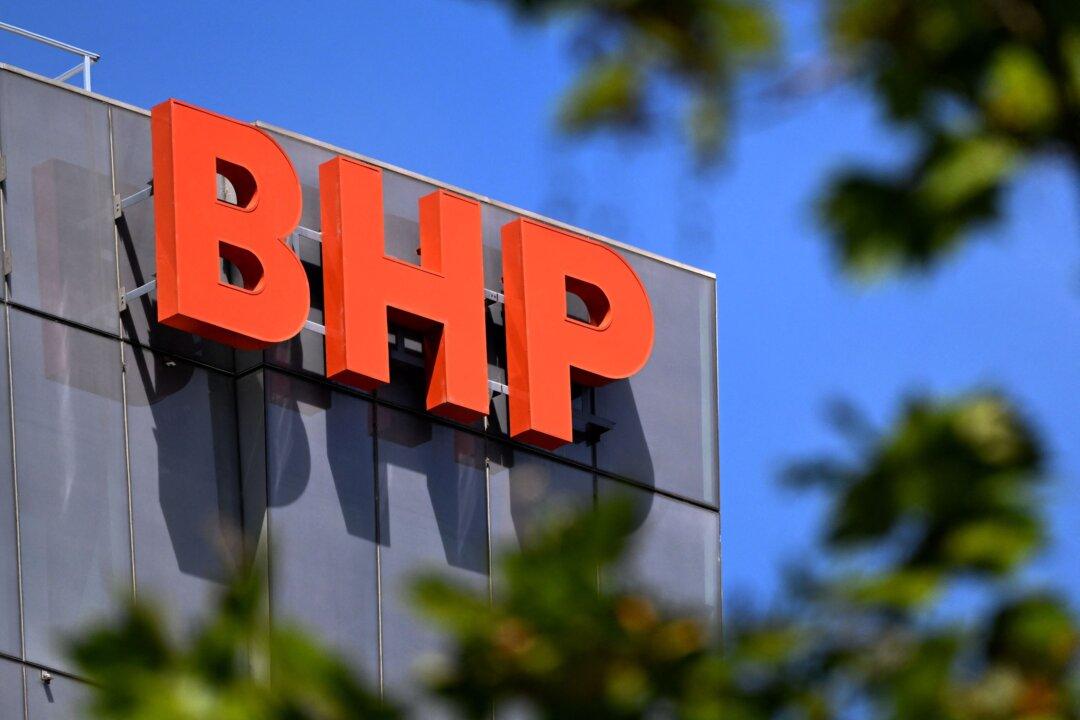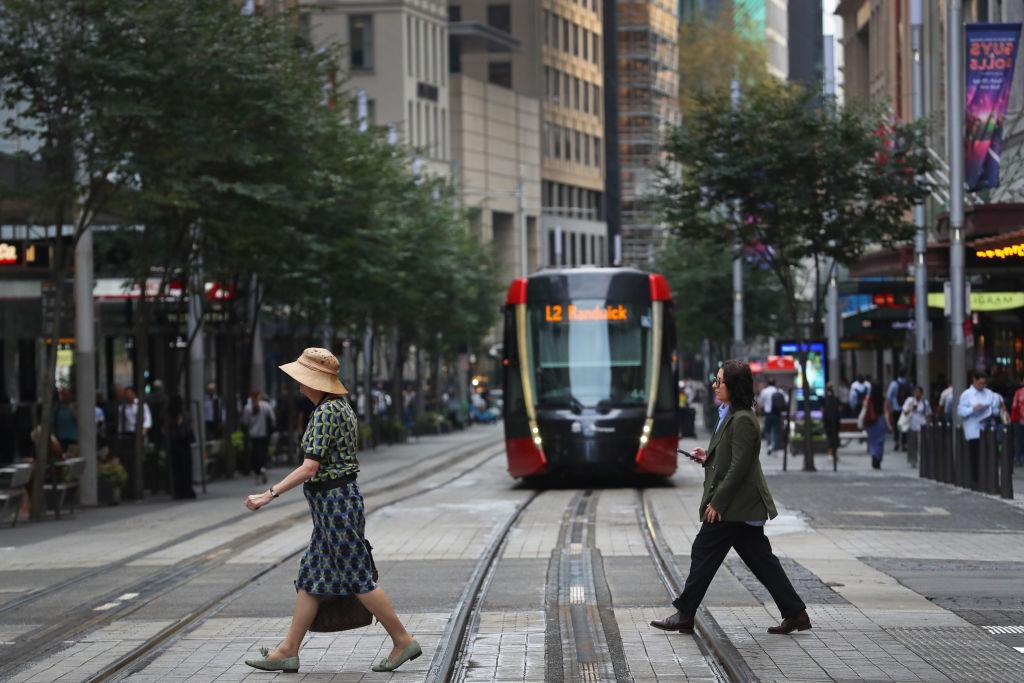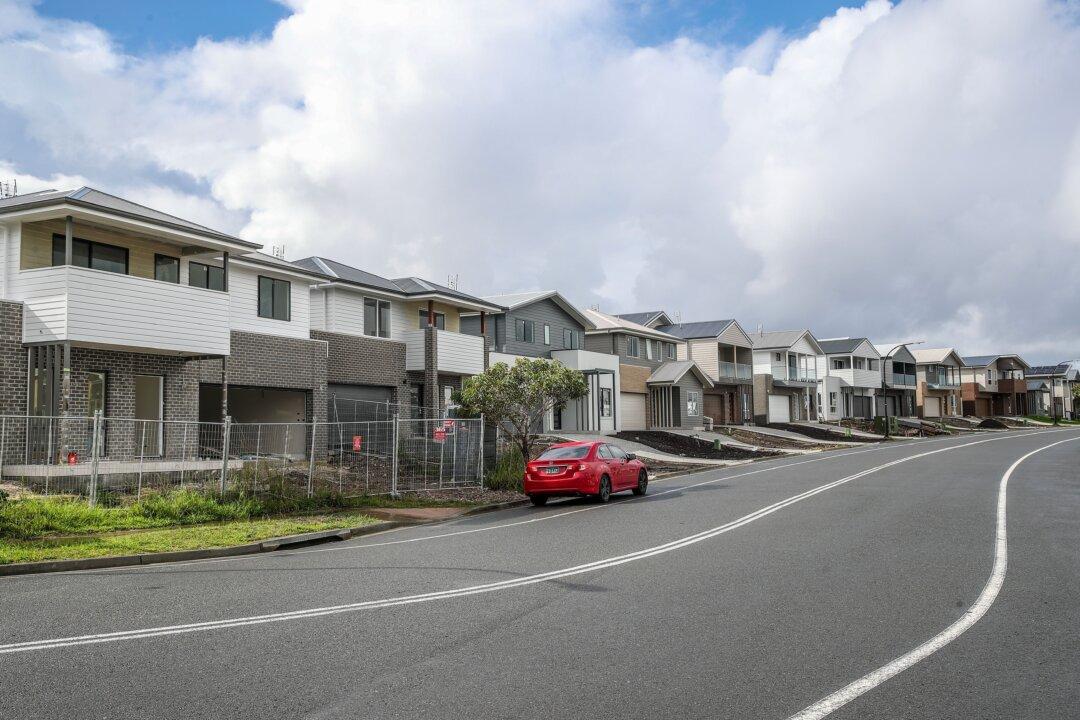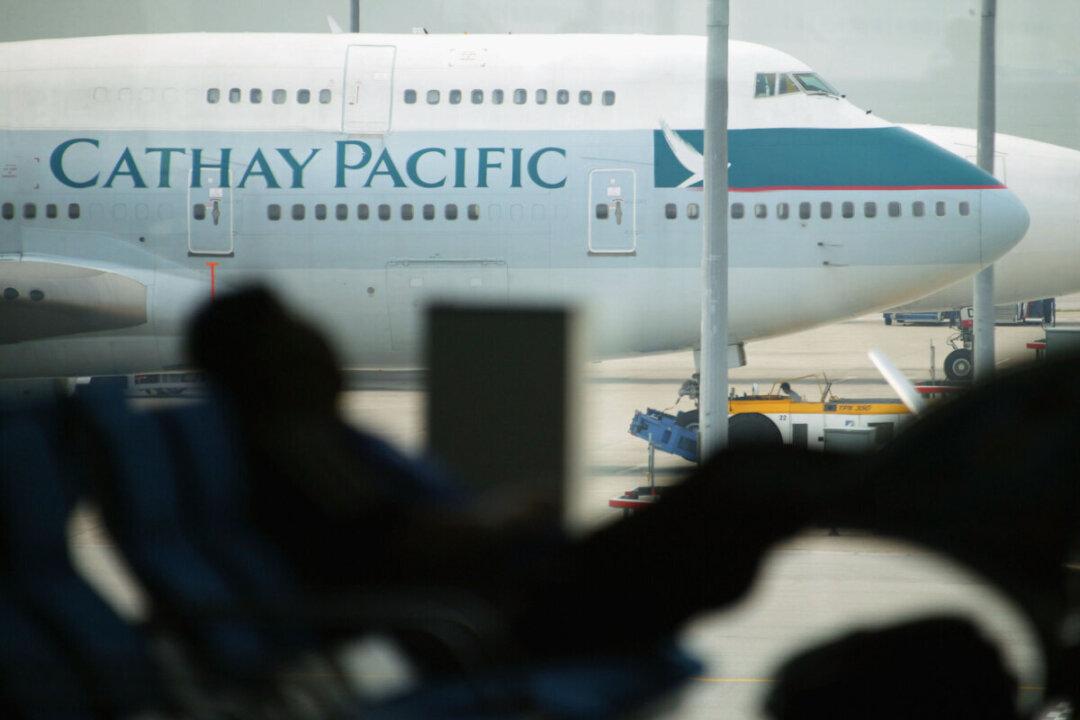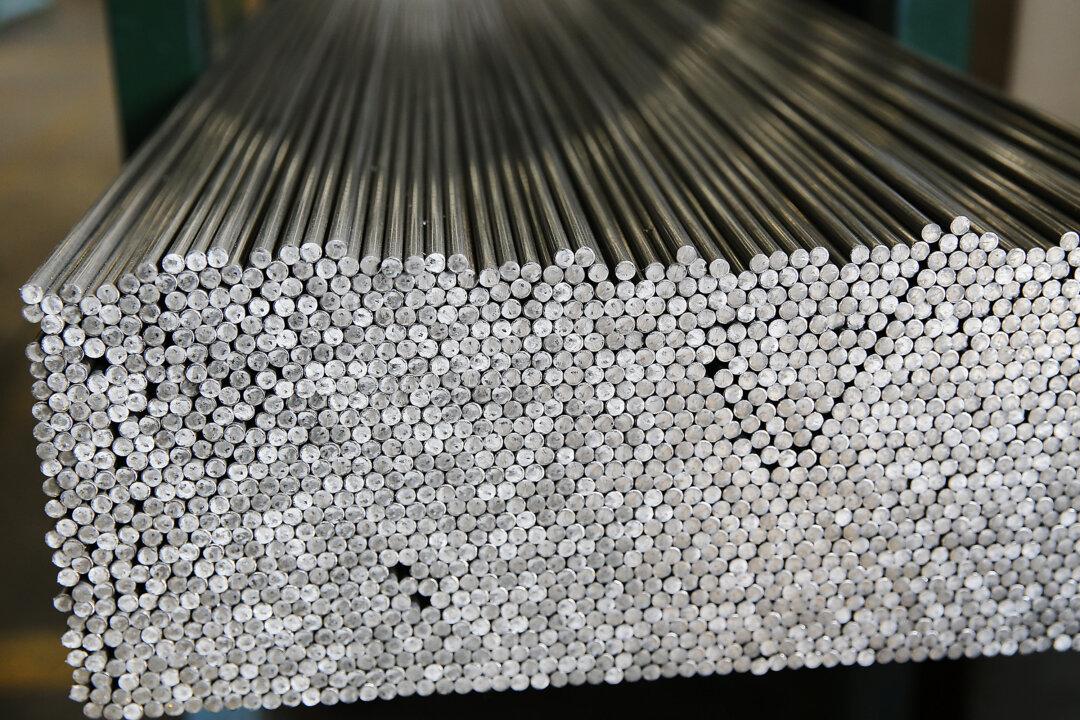BHP has warned of a looming decline in demand for iron ore in China, with some high-cost suppliers at risk of being placed out of the market.
The diversified mining giant expects Chinese blast furnace run rates to ease in 2024 amid subdued steel margins and possible policy-driven production controls.
